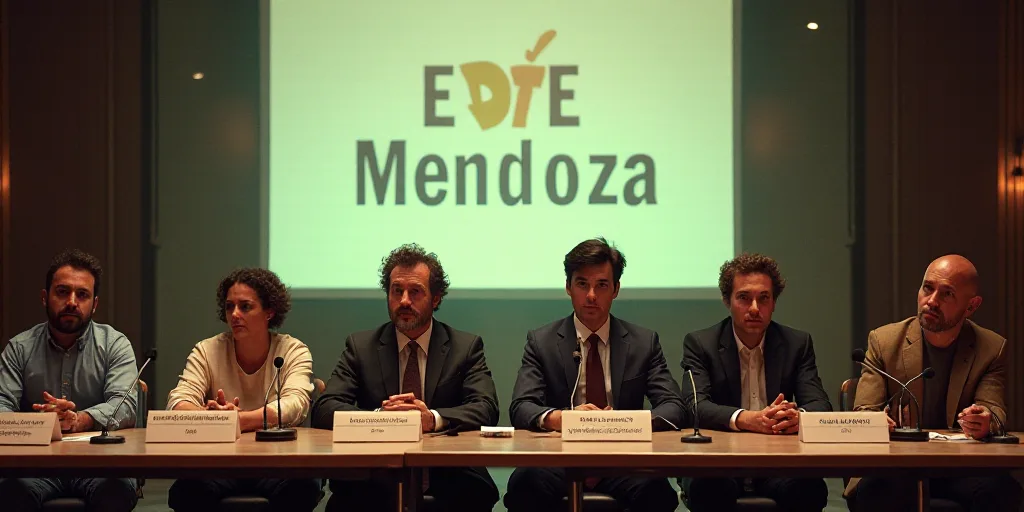Mexico’s stock market saw its third consecutive day of gains, despite global markets feeling the tension from mutual 10% tariffs and more implemented by some nations trading with the United States.
The main index of the Bolsa Mexicana de Valores (BMV), the S&P/BMV IPC, rose 0.54% to reach 54,089.28 points, while the FTSE-BIVA, the most representative index of the Institutional Stock Market, increased by 0.99% to settle at 1,099.72 units.
As a result, the BMV index is now operating at its highest level since February 20th, and the Biva reference is at its peak since February 18th.
Investors sought refuge in the Mexican market as Mexico was not included in the reciprocal tariffs announced by Donald Trump.
These tariffs consist of a general 10% rate for US imports, set to take effect on April 5th at dawn.
For Mexico and Canada, there will be no reciprocal tariff, but the executive order by Trump maintains the 25% tariff that came into effect on March 4th. However, exports complying with the T-MEC are exempt.
Earlier in the day, the stock market surged to 54,874.93 units, its best level since July of last year.
The advance was mainly driven by companies from the financial sector. Shares of Banco Regional, known as Banregio, jumped 8.53% to 140.01 pesos, followed by Banco del Bajío with a 7.46% increase to 49.58 pesos.
Vesta, focused on industrial building development and distribution center management, also saw a notable rise of 7.04% to 49.99 pesos. This sector is directly exposed to the benefits of what’s known as nearshoring.
In Argentina, the risk country index from JP.Morgan’s bank rose 55 units to 872 basis points, which significantly impacted preset sales on stocks and bonds due to the natural rise in investor aversion.
Meanwhile, Buenos Aires’ bursátil S&P Merval index fell by 3.43%, closing provisionally, aligned with Argentine ADRs’ decline of over 7% in New York and a sovereign debt average drop of 1.1% in the local over-the-counter market, dominated by bond “Global” unwinding.




